The Real-Life Flying Dragons – A True Wonder of Nature!
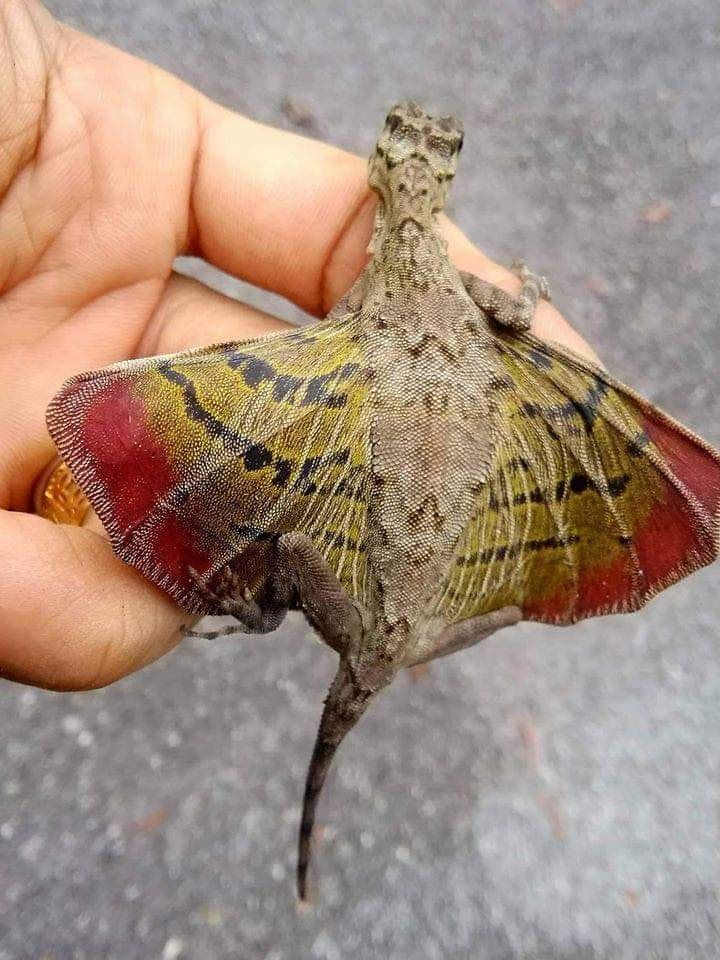
When we think of dragons, our minds are often filled with images of fire-breathing, winged creatures from myth and legend, powerful and majestic in every sense. These mystical beings have captured the imagination of countless poets, novelists, and storytellers for centuries, embodying the allure of the fantastical. While these mythical dragons have yet to grace the world in real life, there exists a fascinating creature that bears a striking resemblance to the legendary dragons of old: the Flying Dragon – scientifically known as Draco.
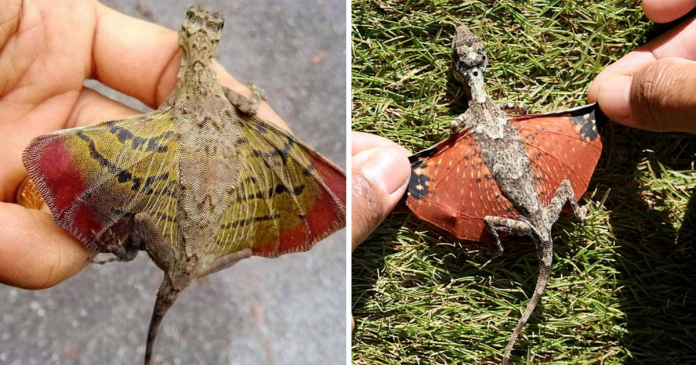
Native to the lush forests and rainforests of Southeast Asia, the Draco is a small, agile lizard that seems to defy reality with its ability to glide through the air, much like the dragons of legend. With their delicate, wing-like flaps of skin extending from their ribs, the Draco lizard is often referred to as the “flying dragon” due to its remarkable ability to soar through the forest canopy. These skin flaps act like wings, helping them glide from tree to tree in search of food or to escape from predators.
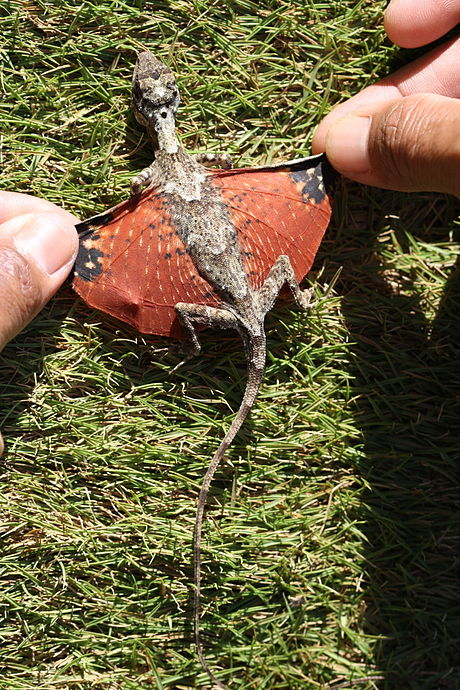
What makes Draco so awe-inspiring is not just their unique ability to glide, but their otherworldly appearance. The long, ribbed flaps of skin that expand from their bodies are reminiscent of dragon wings, giving them an almost mythical aura. These “wings” can be displayed in a breathtaking fan-like shape, creating a stunning display that highlights their vibrant colors, ranging from golden yellows to deep greens and even bright blues. When you observe them in the wild, it’s almost as though you’re witnessing a real-life dragon.
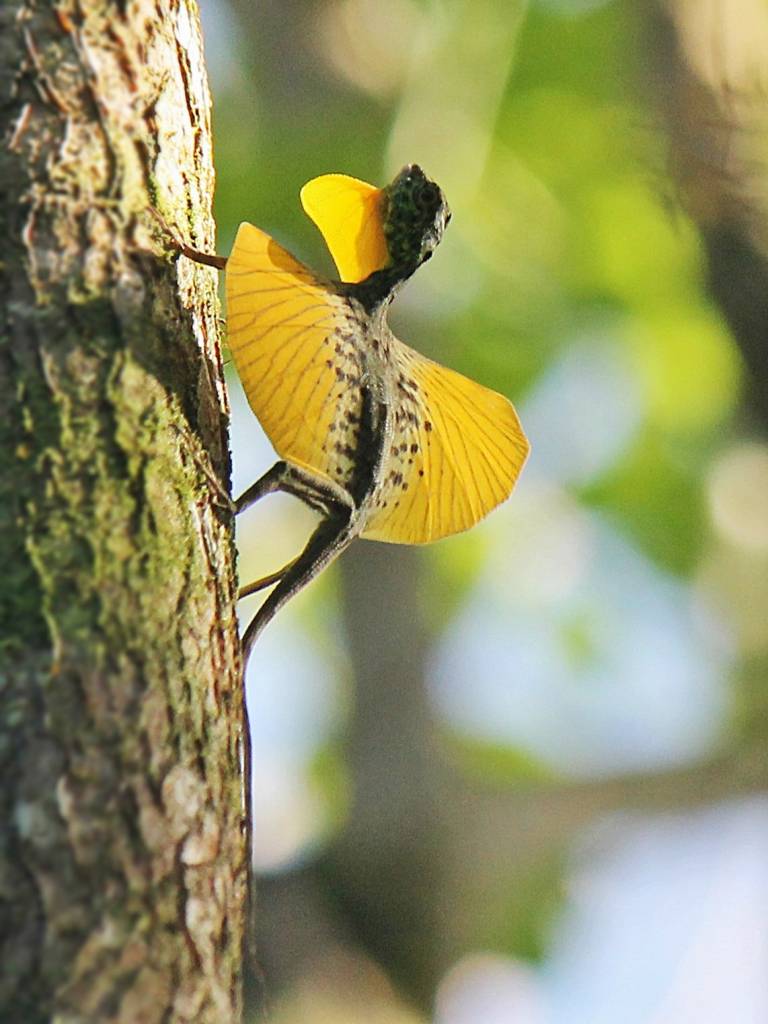
In addition to their wings, the Draco’s head also bears a noticeable “crest”—a small, flap of skin that can be raised and lowered, adding to the creature’s dragon-like charm. This fascinating feature is often used in courtship rituals, and it plays a crucial role in their communication and territorial disputes. Despite their relatively small size, these creatures have a majestic presence that commands attention, making them a wonder of nature to behold.
One of the most captivating aspects of Draco is its ability to glide. Using their unique wing-like flaps, these lizards can glide for up to 10 meters, easily navigating between trees in their dense forest homes. They rely on this skill not only to escape predators, such as snakes and birds of prey, but also to travel between trees in search of insects, which make up the bulk of their diet. This ability to take flight, albeit briefly, gives them a magical aura, almost as if they were born to fly like the dragons of myth.
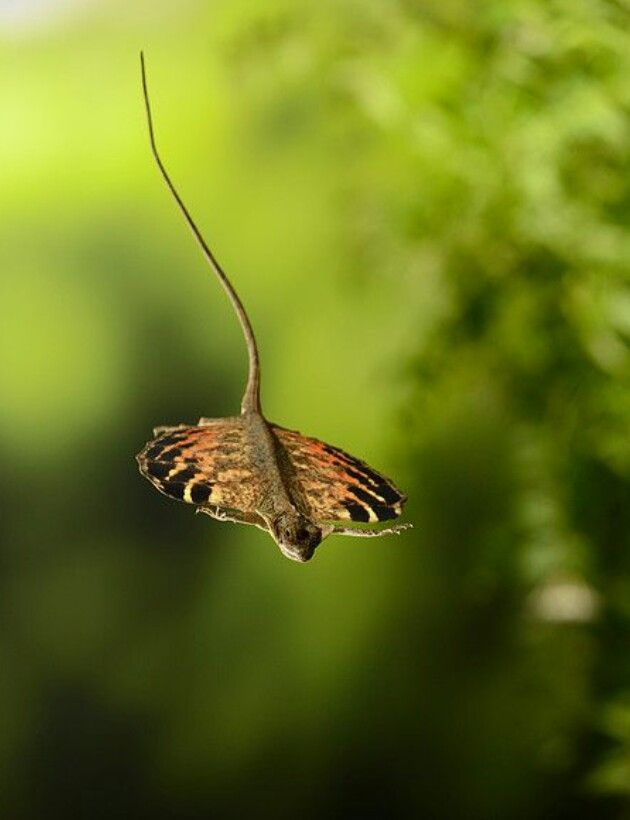
But beyond their physical characteristics, Dracos play an important role in their ecosystems. As insectivores, they help control the insect population in their habitats, maintaining a balanced environment in the forests they call home. Their gliding ability also helps to disperse seeds and pollens, contributing to the propagation of various plant species.
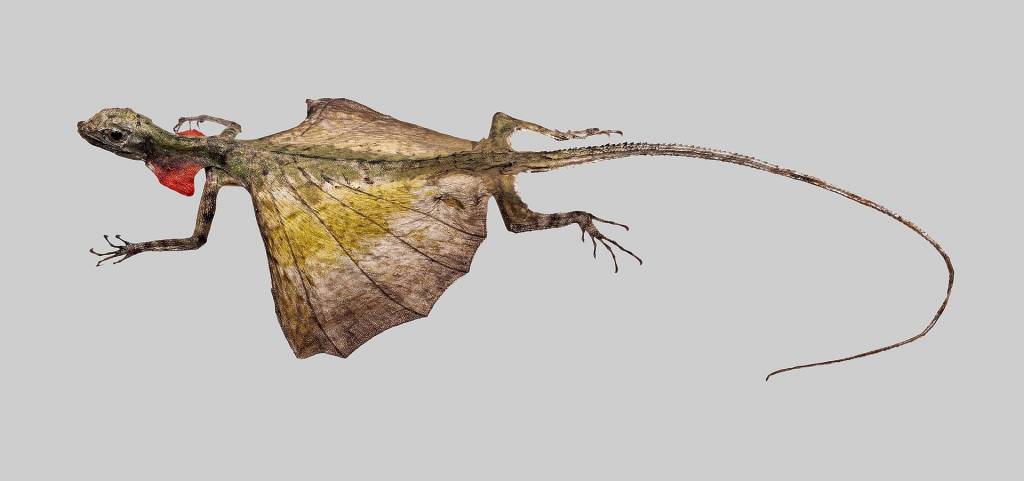
The Draco lizard’s blend of beauty, grace, and unique abilities has earned it a rightful place as one of nature’s true wonders. For millions of years, humans have been enchanted by the idea of dragons, and while the mythical creatures remain a fantasy, the Draco lizard offers us a fascinating glimpse into the world of real-life dragons. With its striking appearance and remarkable skills, the Draco serves as a living reminder that nature, in all its glory, can sometimes feel like magic come to life.

In the end, the Draco lizard is not just a remarkable animal—it’s a testament to the wonders of evolution, a creature so mesmerizing in its beauty and so extraordinary in its abilities that it feels like a living legend. If you ever get the chance to observe these “flying dragons” in their natural habitat, you’ll understand why they’ve earned their place in the hearts of those who have marveled at the beauty of nature for millennia.







